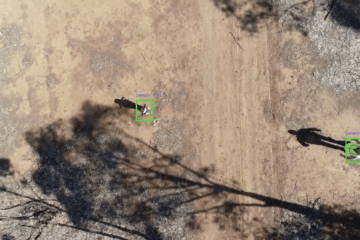Humanoid Robotics
Humanoid robots provide artificial intelligence with a physical point of presence, allowing chatbots to escape the screen, blurring the lines between the digital and physical world.
As part of Telstra's humanoid program of work, I've had the opportunity to work on the Cruzr humanoid robotic platform, manufactured by UBTECH, one of the largest robotics companies globally.
Prior to this, I also worked on Softbank's NAO and Pepper robots.

Nao
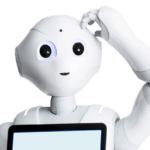
Softbank
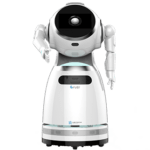
Cruzr
Concierge
We trialled using our humanoids to assist our reception staff at our Victorian head office, at 242 Exhibition Street.
The staff at the front desk both greet external customers and assist Telstra employees.
Employees often forget their pass and are unable to enter the building. The front desk staff then need to provide a temporary pass to these employees. Often these employees will all arrive at the same time, causing longer queues at peak times (e.g 8:45am on a Monday).
Cruzr was integrated with Telstra's authentication system, allowing employees to use 2 factor authentication to identify themselves. A card dispenser was integrated with Cruzr, allowing Cruzr to autonomously dispense passes.
This proof of concept greatly reduced the time taken to provide temporary passes to employees and freed up the front desk staff during peak periods to better serve external guests.
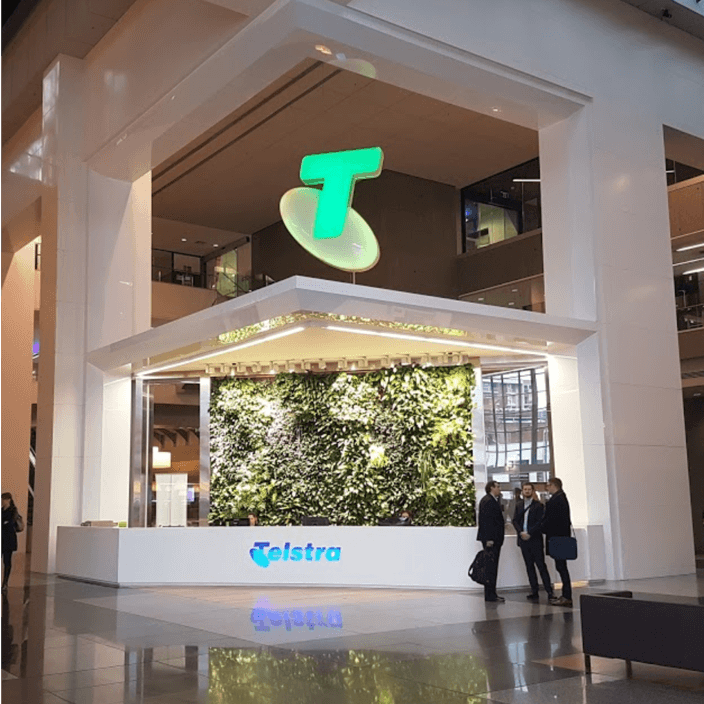
Wayfinding
The Customer Insight Centre (CIC) in Melbourne provides a space for Telstra to engage with our enterprise customers. A common pain point is wayfinding, as the meeting rooms are spread out across a large floorplan.
Cruzr was enlisted to help our customers find where to go. Thanks to its LIDAR (light detection and ranging) and ultrasonic sensors, a map of the CIC floor was able to be developed. Visitors are able to ask Cruzr to take them to a specific room as part of a conversation, and Cruzr then escorts the visitors to that location.
This application of humanoid robotics added both an exciting, future-focused demonstration of technology and solved a real challenge for the CIC.
Retail
Cruzr visited Telstra's retail stores to trial a range of use cases. Cruzr is able to provide information, answer questions or potentially be integrated with backend systems to process orders or more complex transactions.
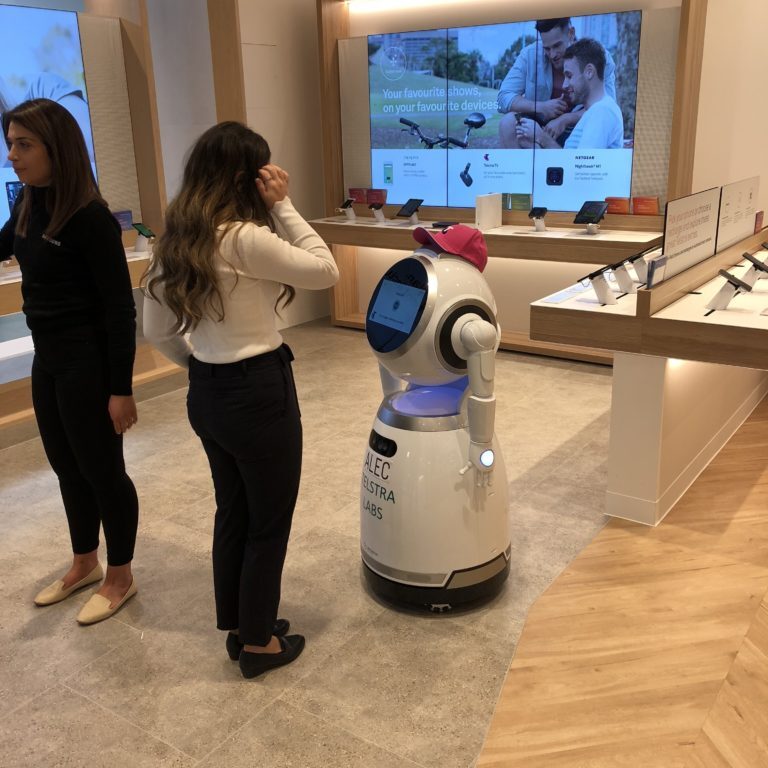
AI Capabilities of humanoids
There are a wide range of tasks that humans find simple, that are extremely difficult for a computer to do.
For example, speaking with a visitor to find out where they wish to go, walking across an office floor, avoiding obstacles and finding a meeting room is a task most people are able to perform. For a humanoid robot, this is a very challenging task, relying on a wide array of AI technologies:
- Facial recognition
- Voice recognition
- Emotion detection
- Object recognition
- Text to speech
- Speech to text
- Natural language processing
- Translation
The increasing miniturisation of AI hardware coupled with advancements in conversational AI technologies will continue to drive forward the development of humanoid robotics over the coming years.


